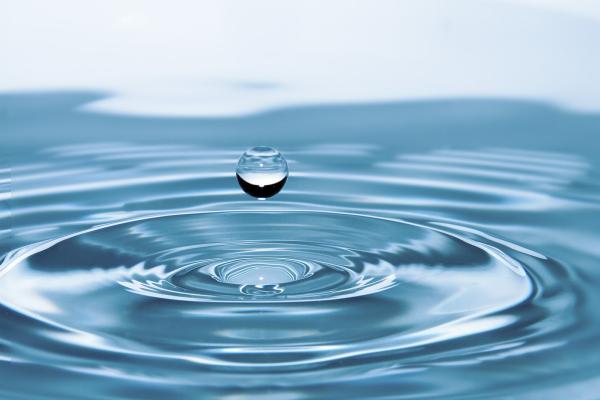We, humans, are very adaptable creatures and have created niches for ourselves around the globe. Many of those sites are less hospitable to our way of life than others. We have moved out to the edge between civilization and the wild. The fire we brought with us has been responsible for many of the fires burning without control. We have move and farmed areas that need more water than they can provide. We have shifted crops, invented more efficient drip irrigation, and have begun to remove the salinity in some of the 97% of the world’s water to create a drinkable, usable fluid. The mismatch between our needs and supply is becoming greater, and to a large extent, our ravenous needs are driving the problem. As with many things, money talks, and much of the desalinization capacity is found in high-income countries

A fifth of the energy consumed by Saudi Arabi goes to desalinization – it takes lots of power to convert the sea into potable water. And I rarely read of what we are doing with the salt. California is running dry and is unable to take more from its neighbors. Orange County, a wealthy area in Southern California, is about to embark on a $1.4 billion desalinization plant
Source: Desalination: worth it's salt in an increasingly water-scarce world Financial Times August 21, 2021




